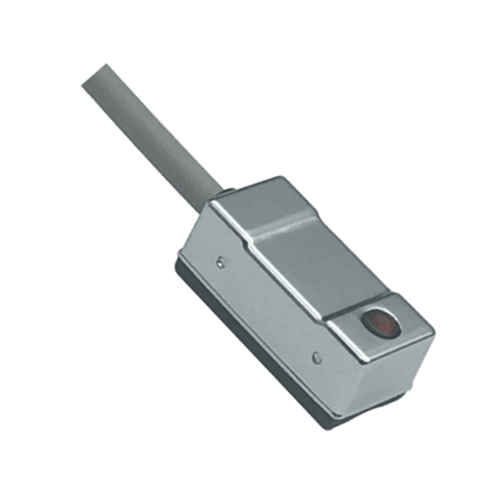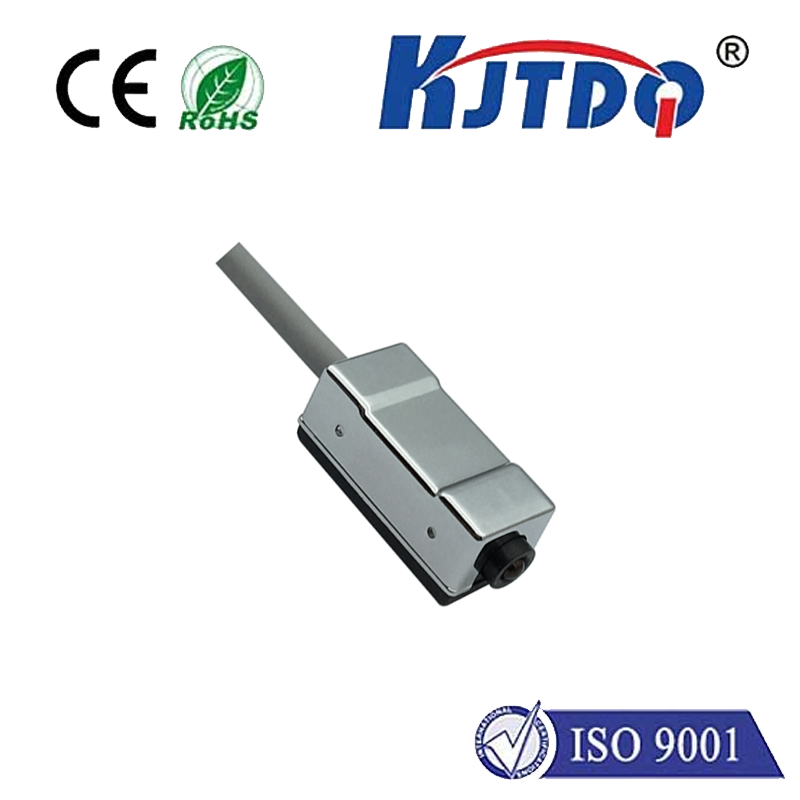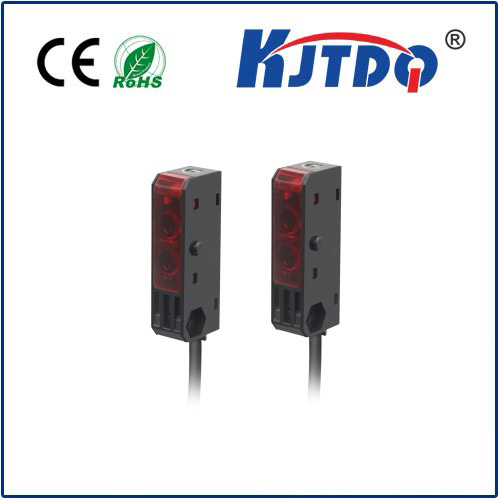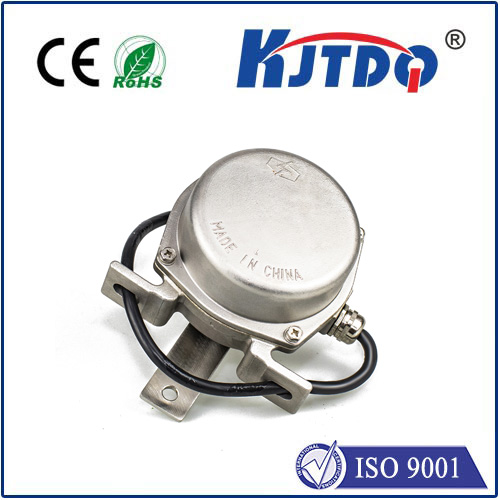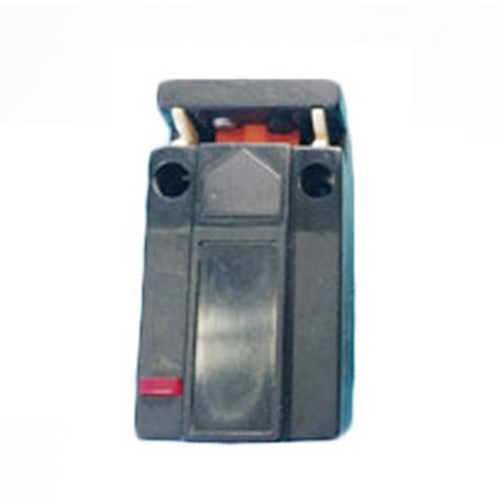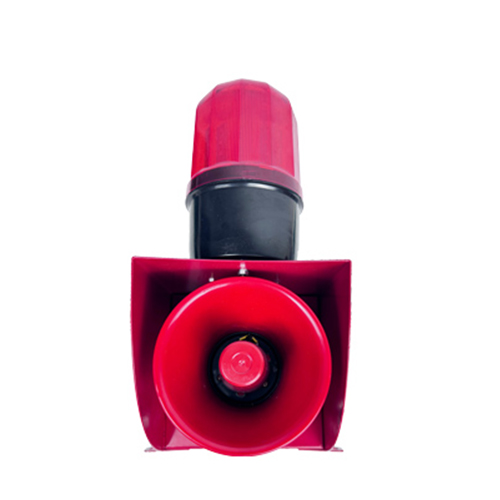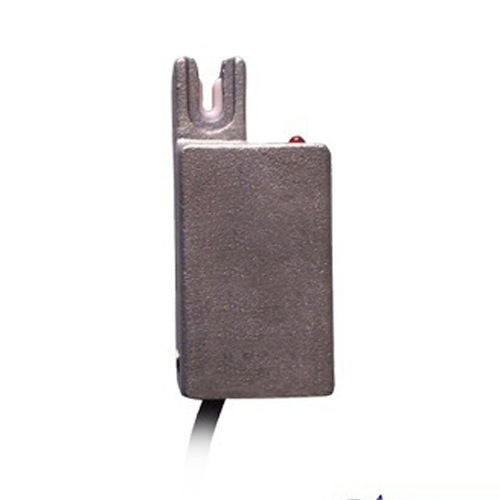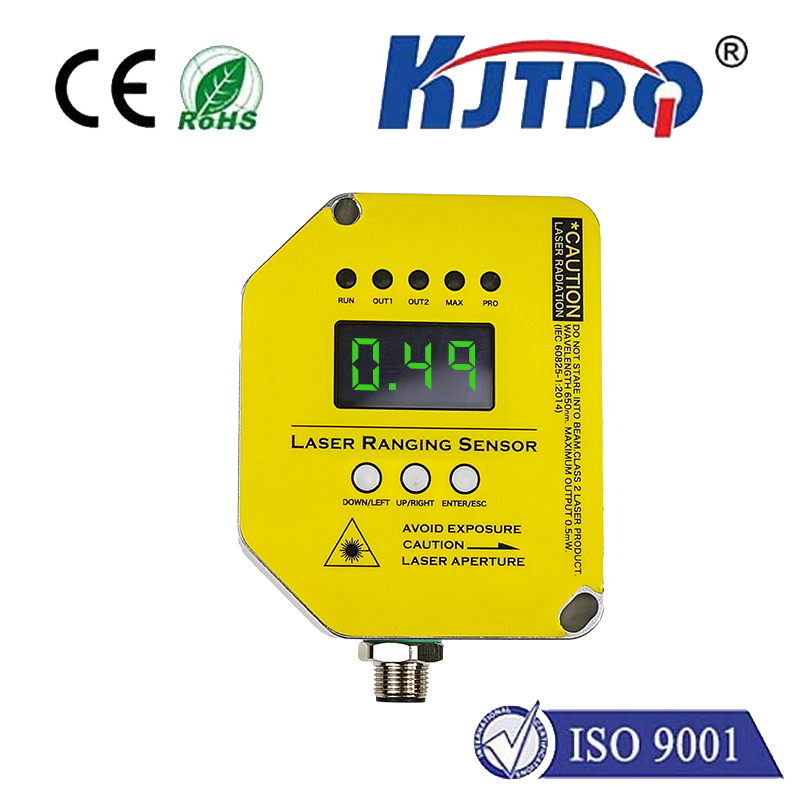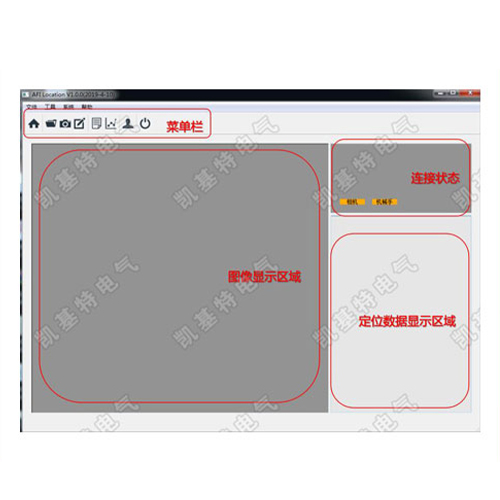

check

check

check

check

check

check

check

check

check

check
Title: "Unlocking the Power of Limit Switch Sensors for Enhanced Automation Efficiency"
Introduction
The integration of limit switch sensors in automation systems has revolutionized the way industries operate. These devices, also known as position switches, are critical components that detect the presence or absence of an object, allowing machines to operate safely and efficiently. In this article, we will delve into the working principle, applications, benefits, and limitations of limit switch sensors.
Working Principle
A limit switch sensor consists of a movable contact that is connected to an electrical circuit when the object it is designed to sense comes into contact with it. The contact moves to either a "on" or "off" position, depending on whether the object is detected or not. When the object is removed from its designated position, the contact returns to the "off" position, closing the electrical circuit. This signal can then be processed by the control system, which can take appropriate action based on the detected state.
Applications
Limit switch sensors have numerous practical applications across various industries, including manufacturing, automotive, robotics, and food processing. Some common use cases include:
1. Industrial machinery: Limit switches are used in industrial conveyor systems, material handling equipment, and other machinery to ensure safe and efficient operation. They help prevent collisions between objects and enable machines to stop when their movement is blocked.
2. Construction equipment: Limit switches are essential in construction equipment such as cranes, excavators, and bulldozers. They detect when the machine's boom or arm has reached its limits, preventing damage to both the equipment and surrounding objects.
3. Automobiles: Limit switches play a crucial role in safety systems in cars and trucks, alerting drivers when the vehicle has come to a complete stop or when it is about to collide with another object.
4. Food processing: Limit switches are used in packaging machines to detect when products have reached their desired size or shape, enabling accurate sorting and packaging.
Benefits and Limitations
Limit switch sensors offer several benefits to automation systems, including:
1. Improved safety: By detecting when objects have reached their predefined positions, limit switches significantly reduce the risk of accidents in hazardous environments.
2. Real-time monitoring: These sensors provide accurate and continuous feedback on the status of machines or systems, enabling operators to make timely adjustments as needed.
3. Increased efficiency: Limit switch sensors help optimize machine performance by reducing unnecessary movements and energy consumption.
However, there are also some limitations associated with these sensors:
1. Interference from other objects: Depending on the environment and the type of object being sensed, limit switches may be susceptible to interference from other objects, leading to incorrect readings.
2. Maintenance requirements: Regular cleaning and calibration of limit switch sensors are necessary to ensure optimal performance and longevity.
Conclusion
In conclusion, limit switch sensors play a vital role in modern automation systems, helping to improve safety, efficiency, and productivity across various industries. By understanding their working principle, applications, benefits, and limitations, engineers and operators can effectively leverage these devices to enhance their operations while minimizing risks and maximizing outcomes.
